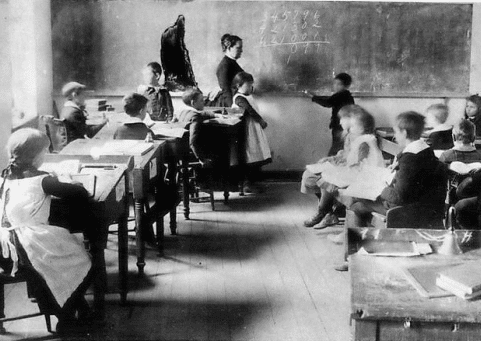Group Work Promotes Collaboration and Collaborative Learning
 As you consider methods of enhancing the process of learning and look for instructional strategies that can engage your students further in the class, one method that may assist you is the inclusion of group work. You are likely to find that this is an especially helpful technique when you have a class consisting of inexperienced students or students that are lacking prior academic and/or career related experience, which often translates into minimal classroom participation during discussions and lectures. The use of group work not only breaks up an extended lecture it creates an interactive element to the class. Instead of hearing about the course topics, which is the basis of a class lecture, students are provided with an opportunity to directly interact with those topics in a meaningful way.
As you consider methods of enhancing the process of learning and look for instructional strategies that can engage your students further in the class, one method that may assist you is the inclusion of group work. You are likely to find that this is an especially helpful technique when you have a class consisting of inexperienced students or students that are lacking prior academic and/or career related experience, which often translates into minimal classroom participation during discussions and lectures. The use of group work not only breaks up an extended lecture it creates an interactive element to the class. Instead of hearing about the course topics, which is the basis of a class lecture, students are provided with an opportunity to directly interact with those topics in a meaningful way.
When you assign students to work together you will find that they begin talking to each other, working with each other, and developing a sense of collaboration and community. There is a concern that some students may not be willing to participate in a group activity. This can be addressed by assigning small group sizes so that students cannot easily hide or not participate. What you are likely to find is that students are often more willing to talk in small groups than they are in front of a larger class size. A small group size may provide the level of comfort and safety necessary for students to share their thoughts and ideas.
If you ask groups of students to work on a project, either during the class session or on their own time, it is may also enhance the process of collaborative learning. Instructors often find that collaborative learning occurs when students are actively participating in class discussions and sharing their experiences and background. Group interactions help students increase their confidence about talking in front of others because they begin to develop a perceived sense of connection with other students. During class discussions students will begin to talk more because they are not talking to a group of strangers, they are communicating with others who have similar academic interests and goals.
Group projects can be implemented as a learning tool and also as a means of bringing the course concepts to life. During a class lecture you can explain the basics of a particular theory or course topic, add videos or other supplemental resources to enhance your lecture, and then add your own expertise, background, knowledge, and experience. After you have taken time to present and explain these topics you can then include group work as a learning activity to further support their comprehension, especially if class discussions do not yield responses that demonstrate more than a cursory understanding. By working as a group students have an opportunity to further interact with the information provided.
The most effective means of establishing group work is to assign students based upon their performance observed in the classroom. For example, you can create a mix of groups that include highly interactive students with students who participate less frequently. When students enter the class they typically sit in the same spot each week and interact with the same students. For most class sessions this can be beneficial; however, you can draw students out of their comfort zone, interrupt potentially disruptive situations, and encourage greater interactions by moving students around when you establish their groups. Once groups are in place you can assign each one a particular question to answer, a case to review, or a real world scenario that requires application of the course topics. Finally, allocate a specific amount of time for the groups to work, monitor their interactions, and then ask groups to present their findings as a means of completing the cycle of collaborative learning.
Group work is an interactive means of learning that brings students together in a manner that promotes their teambuilding skills. Instead of having a class full of individual students you now have students that are united with a common sense of purpose. The most important element of implementing group work is to make certain that it is meaningful and not just busy work. This presents a unique opportunity to translate theory into reality, even if it is a hypothetical reality that students are considering. Group work encourages students to work together and this is likely to translate into other aspects of the class, including participation during discussions. Students are likely to become engaged in the class and willing to interact with others, which can result in increased satisfaction with the class and consistent attendance.

